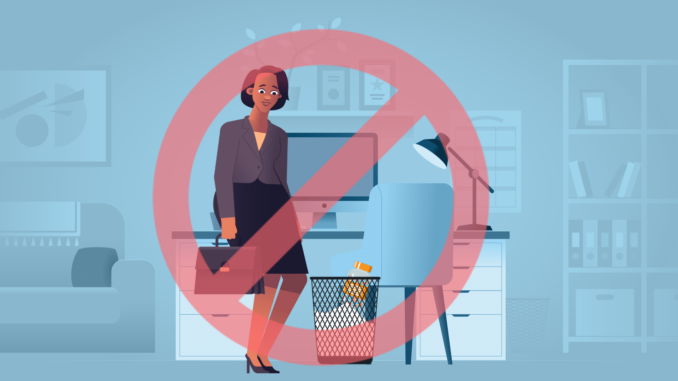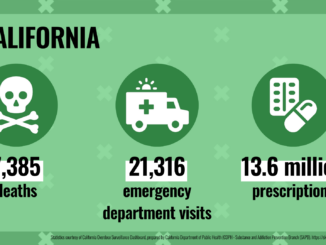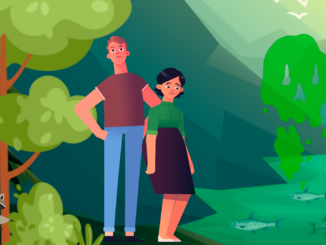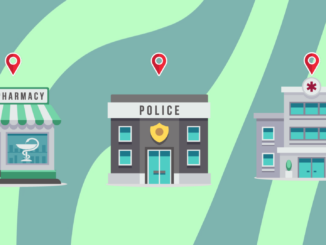
Safe disposal drug take-back bins help keep communities safe and clean
by Anne Stokes
Along with the power to heal, medications also have the potential to cause harm when misused or improperly discarded. Safe disposal drug take-back bins provide safe and convenient ways to keep unwanted medications out of the environment and out of the hand of those who would misuse them.
“It’s a critical service that is provided to communities so that consumers have a safe place to dispose of their medications,” says Shelley Rogers, coalition program director of Granite Wellness Centers, a member organization of the Placer Nevada County Rx Drug Safety Coalition. “Most people really appreciate having an option to safely dispose of them and most people want to keep medications out of the hands of youth or others who may misuse them.”
“It’s a critical service that is provided to communities so that consumers have a safe place to dispose of their medications.”
Shelley Rogers, Coalition program director, Granite Wellness Centers
Don’t rush to flush
Even in the recent past, people were advised to flush unused medications down the drain. Unfortunately, most wastewater treatment facilities can’t remove these drugs.
“Some people will flush them down the toilet and we know now that what’s happening is that traces of pharmaceuticals are winding up in our waterways,” Rogers says.
This means what gets flushed down the toilet pollutes the same watersheds that often supply communities’ drinking water.
Not getting rid of unwanted medications has its risks
According to the Centers for Disease Control and Prevention, an average of 45 Americans died every day from prescription opioid overdoses in 2021, for a total of 280,000 deaths. And this was nearly five times the number of deaths in 1999. Similarly, two-thirds of teens who admit to abusing painkillers say they got them out of home medicine cabinets. And each year, approximately 59,000 children in the U.S. end up in emergency departments because of accidental poisoning.
“It could end up in the hands of teens or youth or other people who are going to misuse them,” Rogers says. “There are so many issues with overdosing these days, so it’s important not to keep them lying around and safely dispose of unneeded or expired medications.”
A better option
Rogers says that one of the biggest obstacles to using medication take-back bins is simply the public’s lack of awareness that such a resource exists.
“It’s important to get the information out there about where people can dispose of it, not everybody knows,” she says. “It’s important for people to not only safely dispose of medications, but to also know where folks can get help if they’re struggling with any kind of addiction or abuse.”
To find a bin near you, go to medtakebackcalifornia.org.
Read more stories about med bins in California’s Sierra Nevada area.
Brought to you by the California Drug Take-Back Program and the California Product Stewardship Council.
Recent facebook posts from California Product Stewardship Council

The California Product Stewardship Council (CPSC) is a powerful network of local governments, non-government organizations, businesses, and individuals supporting policies and projects where producers share in the responsibility for managing problem products at their end of life.
CPSC is California’s thought leader and expert on Product Stewardship and the Extended Producer Responsibility (EPR) movement.
EPR enjoys the support of more than 26 million Californians. That’s nearly 70% of the state's population! Nearly 150 resolutions have been passed by California local jurisdictions and organizations supporting a more sustainable and toxic free environment through product stewardship. CPSC works closely with companies who have redesigned products for reuse as well as those who have established pilot or permanent collection programs with some sharing of costs with others in the product chain.
California Product Stewardship Council



